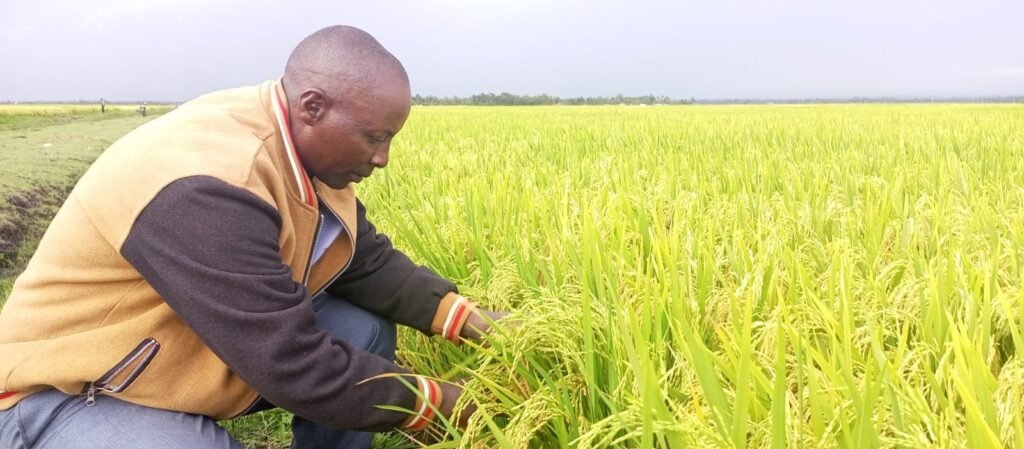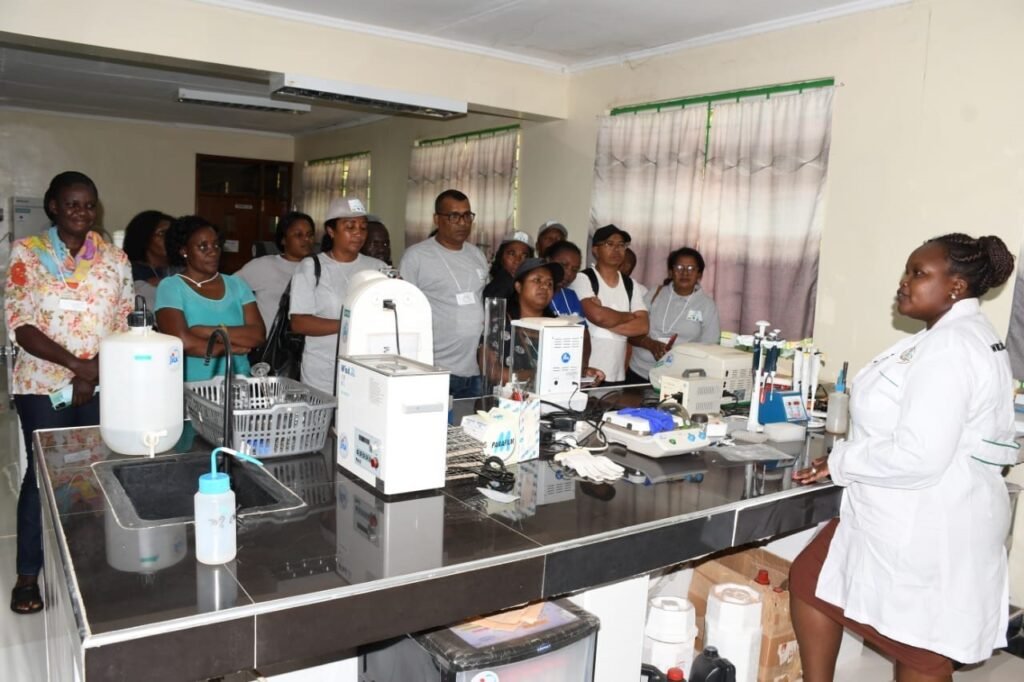Kenya has partnered with Uganda and Madagascar in a project to enhance the performance of the local rice value chain based on innovative institutional approaches and knowledge products.
The three-year project dubbed ‘Strengthening the Rice Sector in East Africa for Improved Productivity and Competitiveness of Domestic Rice’ (EARiSS) is helping rice farmers to bridge the widening rice productionconsumption gap. The Kenya Agricultural Livestock Research Origination (KALRO), one of the implementing partners in the project, has been promoting appropriate seed production and delivery mechanisms as well as new rice varieties to boost productivity.
Emily Gichuhi, a rice breeder at KALRO, said they have created a seed unit and system whose mandate is to produce clean seeds for multiplication under the KEPHIS inspection


